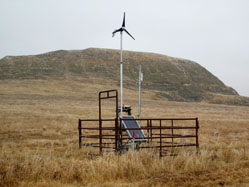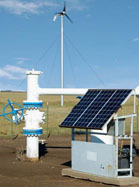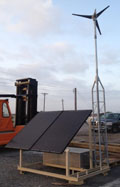WIND TURBINE PRODUCT SELECTION GUIDE
One of the most frequent questions we are asked is regarding the difference between our products.
- Air Breeze and Air 40 are identical with regard to performance and electronics. Air Breeze is marinized for salt water environments
- Air X Marine and Air 30 are identical with regard to performance and electronics. Air X Marine is marinized for salt water environments
- Air 40 and Air Breeze operate significantly quieter than the Air 30 and Air X Marine
- Air 30 and Air X Marine are designed for higher wind regimes. Air 40 and Air Breeze are designed for low to moderated wind regimes.
Beyond the wind regime, several items need to be considered to select the proper turbine:
- Power production: For locations with an average wind speed less than 12.5 mph (which is 95% of all locations), Air 40/Breeze will produce more amp hours than the Air 30/Air X Marine
- Corrosion Protection: With aircraft quality paint, Air Breeze and Air X Marine have much better corrosion resistance against moisture and corrosion agents such as salt (ocean environments)
- Sound Emission: Air 40 and Air Breeze operate more quietly than Air 30/Air X Marine for noise sensitive locations or applications. See Air Breeze Sound Level Study below.
- Turbine Life: Matching the correct turbine to the wind regime is important. The Air 40/Breeze has a much more conservative speed regulation algorhythm than the Air 30/Air X Marine which results in higher low wind power production and lower sound emissions.
|
Installation Type |
Low to moderate winds regimes* <12 mph wintertime wind speeds |
High Wind Regimes 12-15mph average wintertime wind speeds |
Very High Wind Regimes** >15 mph average wintertime wind speeds |
| Coastal Applications | Air Breeze | Air X Marine | Air X Marine with Tristar 45 and TL-100 diversion load |
| Inland Applications | Air 40 | Air 30 | Air 30 with Tristar 45 and TL-100 diversion load |
Quiet Operation
Higher Sound Emission
*For locations with strict sound requirements, Air 40 or Air Breeze is recommended
**Also for applications where it is desirable that excess energy (full condition battery) be converted to heat
AIR REBRANDING GUIDE (EFFECTIVE FALL 2011)
POWER AND ENERGY RATING DISCUSSION
The graph below represents the power curve for the Air 30/Air X Marine and Air 40/Air Breeze wind turbines. Note the improved energy capture at lower wind speeds for the Air 40/Air Breeze. Upon reviewing the product portfolio initially, many are predisposed to select the Air 30/Air X Marine due to its higher peak power capacity. However, the energy capture, amps hours into the battery bank are typically higher for Air 40/Breeze. Having said that, as average wind speeds approach 12 mph (zone 4), it is the threshold point to consider the Air30/X Marine.
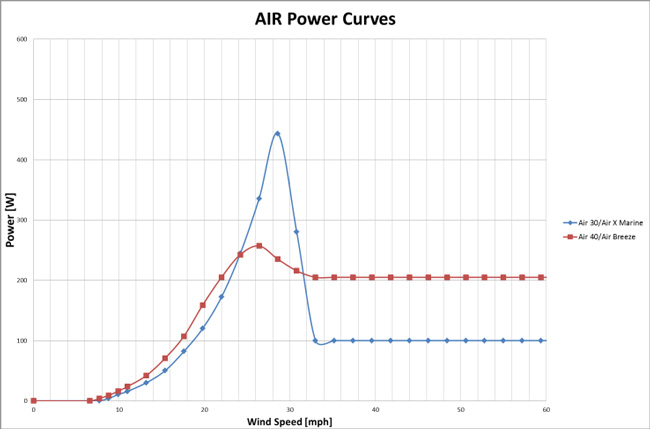
The energy curve displays approximate energy production (kw hrs or amp hours) for an average wind speed. Note that the Air 40/Breeze curve becomes dashed. As 12.5mph average wind speed is reached, Air 30 and Air X marine becomes a more appropriate selection. This is due to overspeed protection, a function both turbines have in different capacities. Note that the Air 40/Breeze curve limits around 220 watts versus Air 30/X Marine at 440 watts. The electronics inside the Air Breeze absorb or otherwise manipulate the difference in power between what the wind is providing and the turbine is turning into electrical power. Throughout the turbine’s life, overtaxing this function can have a detrimental impact on the electronics. Aggressive wind regimes should utilize the Air 30 or Air X Marine. In very aggressive wind regimes, a diversion load controller (e.g. Morningstar Tri Star 45) should be utilized in conjunction with a dump load (TL-100). This removes a significant amount of stress from the turbine electronics. It also can provide beneficial heat to dwellings.
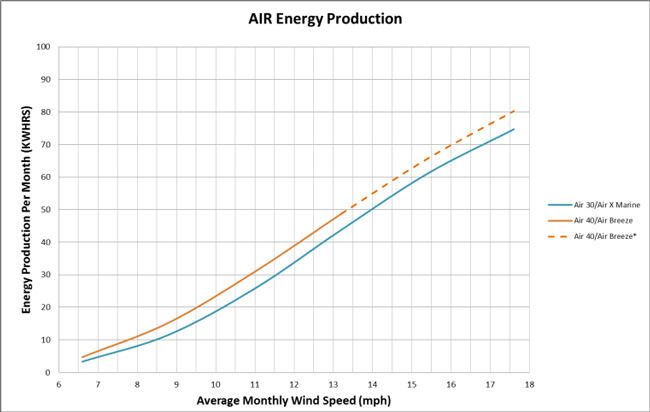
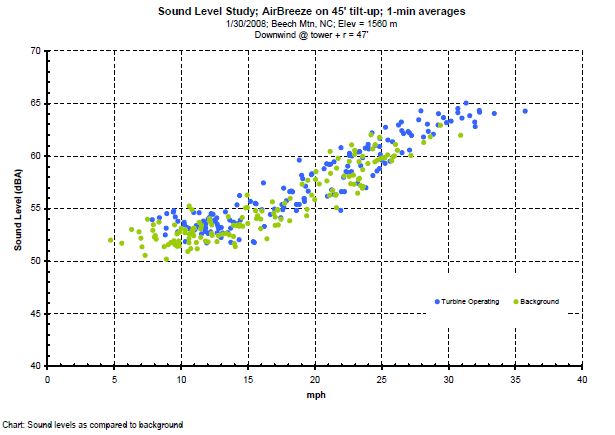
The turbine blends into the background sounds at all wind speeds. This supports the anecdotal observation that the wind turbine operates very quietly --- North Carolina Beech Mountain Study
For various applications, we recommend the following turbines:
REMOTE HOMES: AIR 40
Remote homes and cabins are an ideal candidate for AIR. Typically AIR 40 would be the turbine of choice given a preference for reduced sound emissions.
Excess Heat Generation: A common option is to utilize an external controller (Schneider C-40 or Morningstar Tristar 45) in conjunction with a dump load (TL-100) to provide heat inside the structure when batteries are full and winter winds are stronger.
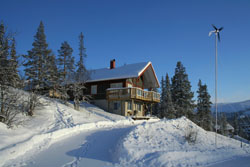
SAILING: AIR BREEZE
With ocean breezes so prevalent, Air is a very typical sight on many sail boats and yachts. The Air Breeze unit is typically the recommended unit due to enhanced corrosion protection and minimal sound emissions
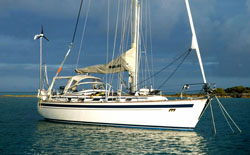
RECREATIONAL VEHICLES: AIR 40
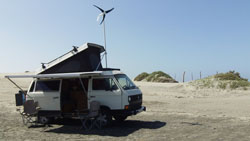
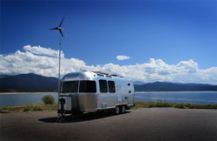
HYBRID LIGHTING: AIR 40 OR AIR BREEZE
Hybrid Lighting is arguably the best application for a hybrid solution as the wind generation capability matches the load much more directly. The Air 40 is typically the recommended unit due to lower cost and minimal sound emissions

TELECOMM: This application would depend on wind regime and environment. Please see product selection criteria above.

WEATHER MONITORING: This application would depend on wind regime and environment. Please see product selection criteria above.
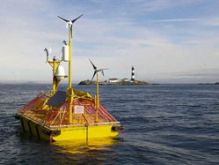
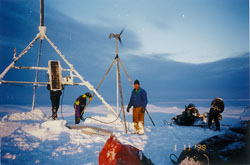
RAILROAD: This application would depend on wind regime and environment. Please see product selection criteria above.
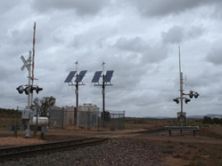
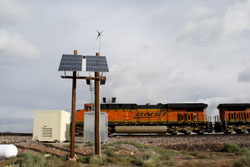
OIL AND GAS: This application would depend on wind regime and environment. Please see product selection criteria above.
